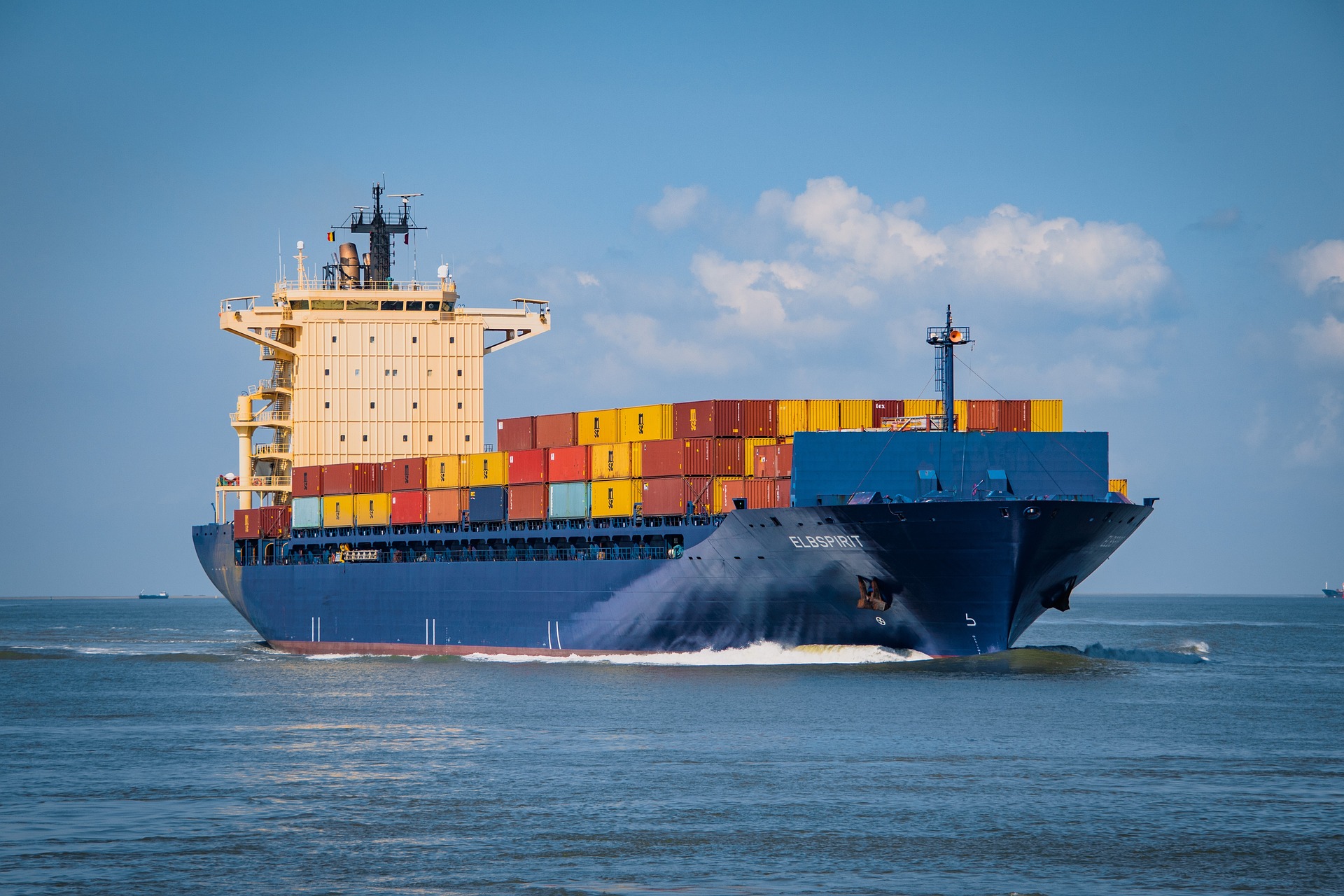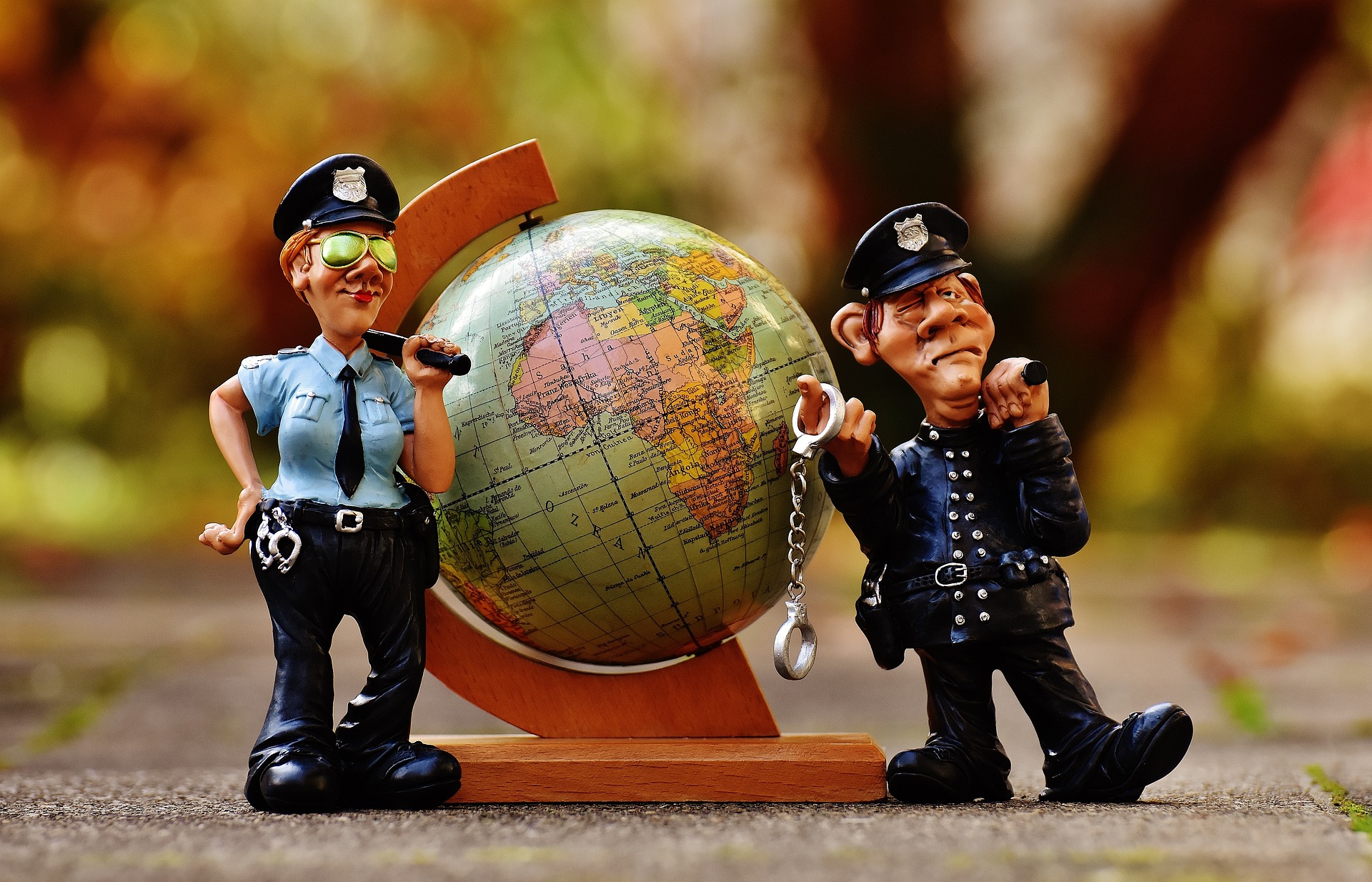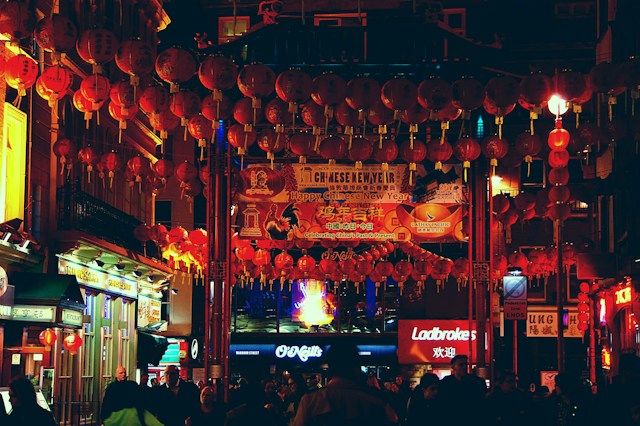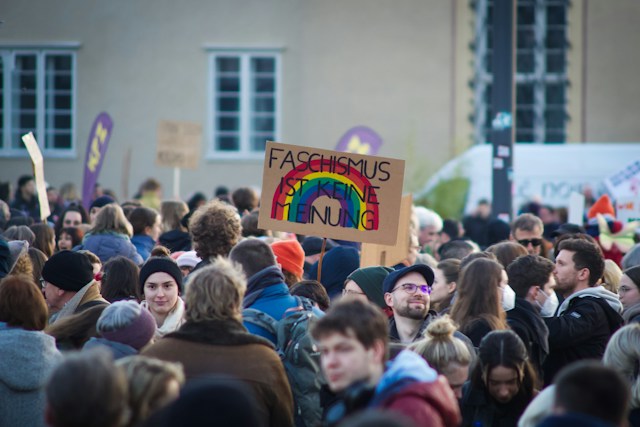Why world trade matters…to you
With the Baltimore bridge collapse adding to all the worries about global trade, the Feb28 edition of This Week, Those Books remains highly topical. Sign up for free at https://thisweekthosebooks and get the post the day it drops

Welcome to This Week, Those Books, your rundown on books new and old that resonate with the week’s big news story.
The few minutes it takes to read this newsletter will make you smarter, faster. Or click on the audio button above for a human, not AI, voiceover by my close collaborator Michael. These book suggestions come with a summary and quotes. So even if you don’t read the actual book, you’ll be able to discuss it. I never recommend a book I don’t like and I look through a number every week to find the few I share. Find me on Twitter, LinkedIn, Facebook or YouTube.
Yours,

The Big Story:
Roadblocks to global trade are in focus as the World Trade Organization (WTO) meets in Abu Dhabi.
- The WTO, the world’s largest international economic organisation, now has 166 member states (formally adding Comoros and Timor-Leste this year).
- It represents more than 98% of global trade.
- To you and me, global trade is personal. It literally means products – essential or not – imported from elsewhere and available to buy where we live: Indian or Kenyan tea, say, in British supermarkets; electronics in US stores; wheat and cars in Nigeria; gold and plastics in India.
- “Global trade patterns are reconfiguring”, according to a new McKinsey Global Institute paper. Last year, Mexico displaced China to become the largest goods trade partner of the US, Vietnam’s trade with China and the US surged and European energy imports shifted dramatically away from Russia.
- Terms such as “decoupling”, “derisking”, “reshoring”, “nearshoring” and “friendshoring” have become the new trade lexicon since 2018 because of growing protectionism and geopolitical rivalries.
- With shipping lanes rerouted from December due to the Red Sea crisis, supply chains have become longer, more risky and expensive and subject to more delays
The Backstory:
- The WTO, established in 1995, operates the rules of global trade and was the key forum for resolving trade disputes until December 2019.
- For the past five years, its dispute settlement mechanism has been defunct.
This Week, Those Books:
- A riveting history of how the shipping container enabled a global trade boom.
- A trilogy that imagines how the world economic order was built.

- The Box: How the Shipping Container Made the World Smaller and the World Economy BiggerBy: Marc LevinsonPublisher: Princeton University PressYear: 2006

Marc Levinson is an economist who can write a thriller. This is a fascinating account of a “revolution” that occurred on April 26, 1956, when 58 shipping containers were transported from Newark to Houston on an ageing tanker. That set the direction for the world we live in today, with containers full of stuff on ships travelling from one part of the world to the other. Now, writes Levinson, Brazilian shoes and Mexican vacuum cleaners are in stores in the middle of Kansas; Japanese families eat beef from cattle raised in Wyoming and French clothing designers “have their exclusive apparel cut and sewn in Turkey or Vietnam”. The container, “a soulless aluminum or steel box held together with welds and rivets…has all the romance of a tin can”, he writes, but it is “at the core of a highly automated system for moving goods from anywhere, to anywhere, with a minimum of cost and complication on the way”. The world before container shipping, he says, “was full of small manufacturers selling locally”. Then the container changed everything by making shipping cheap.
In his telling, the container figures as a massive advance in transportation technology, on a par with – or even beyond – old-style trains, trucks and planes. When container shipping developed into a huge industry, the boom in global trade became possible.
In a 2020 follow-up book, Outside the Box: How Globalization Changed from Moving Stuff to Spreading Ideas, Levinson notes that the worldwide flow is changing. But could any change be as significant as the shipping container?

- The Baroque CycleBy: Neal StephensonPublisher: HarperCollinsYear: 2003-2004

A historical series that will appeal to anyone curious about how the modern world system was built. Neal Stephenson’s trilogy has a massive cast of characters, is set in the 17th and 18th centuries and offers a swashbuckling story on the evolution of science and economics. The second in the series, The Confusion, is about money and how the definition of legal tender changed to meet the requirements of increasingly global trade. So, paper currency, cheques and promissory notes replaced gold and silver. At one point, a character has to deal with employing credit for the purchase and delivery of timber to the French Navy. The story wanders from Prague to Manila, London to Mexico and further afield, as we get more detail on the evolving financial systems.
Originally published at This Week, Those Books





